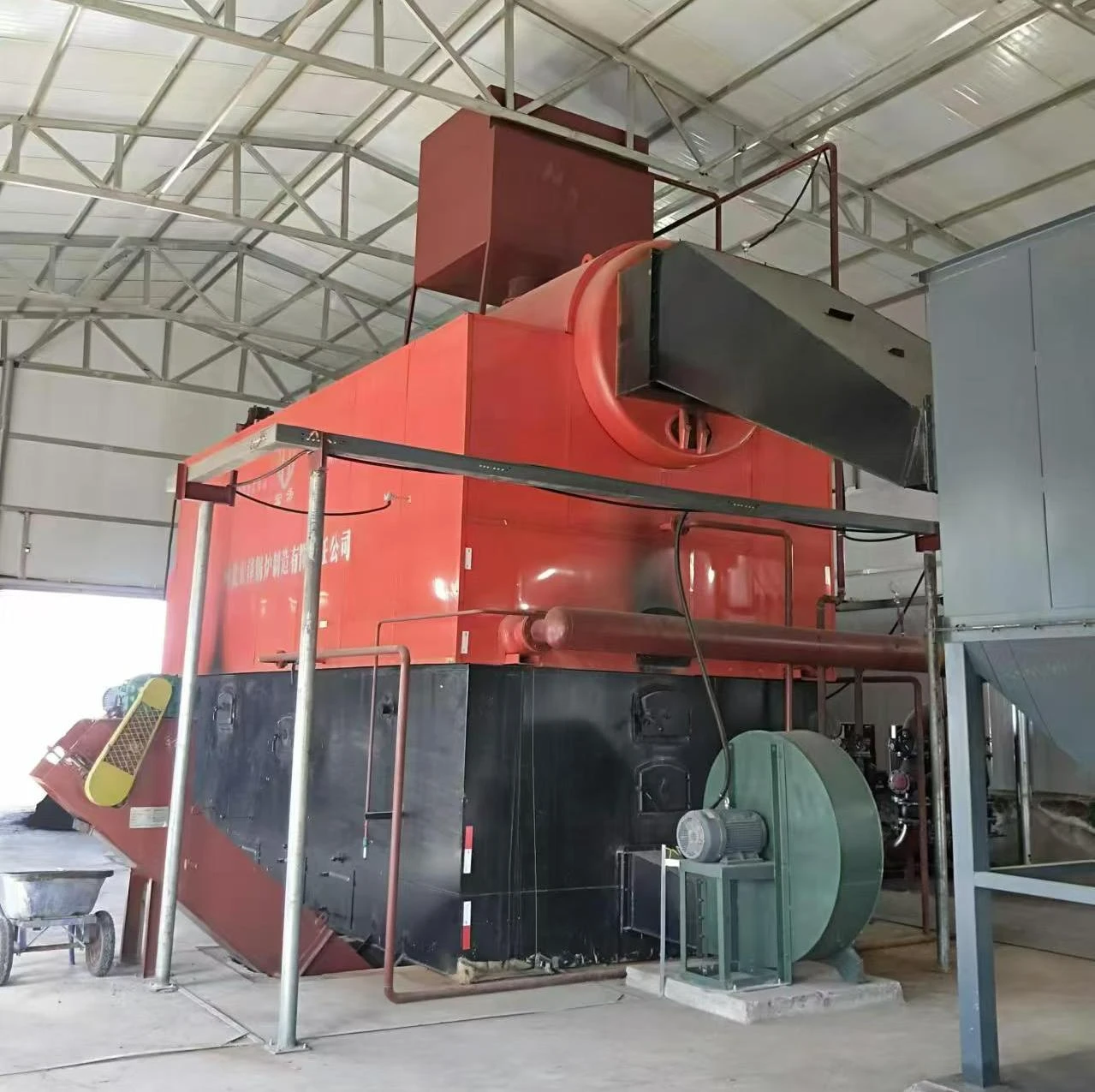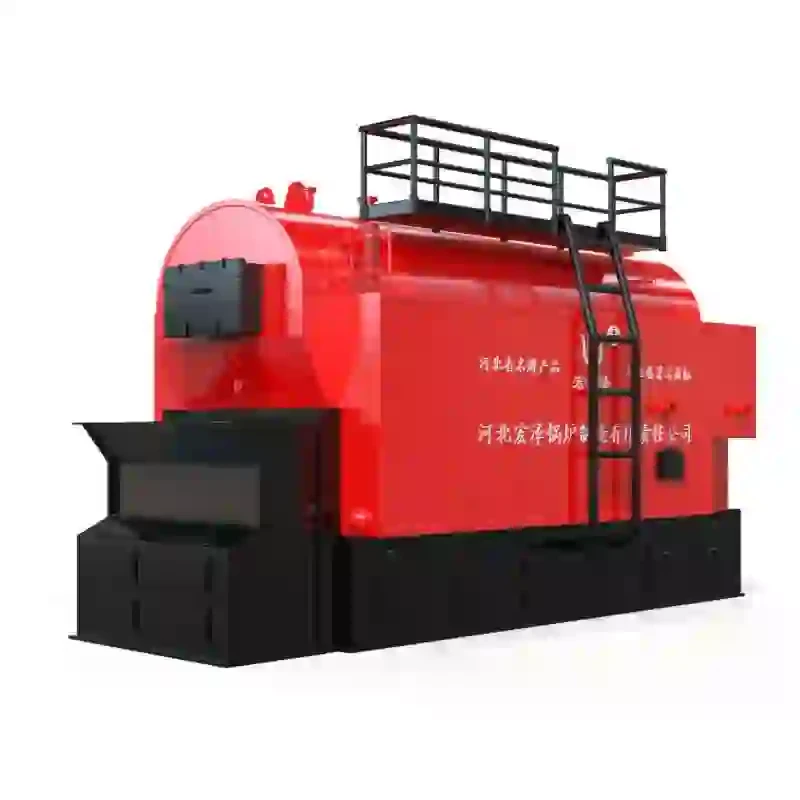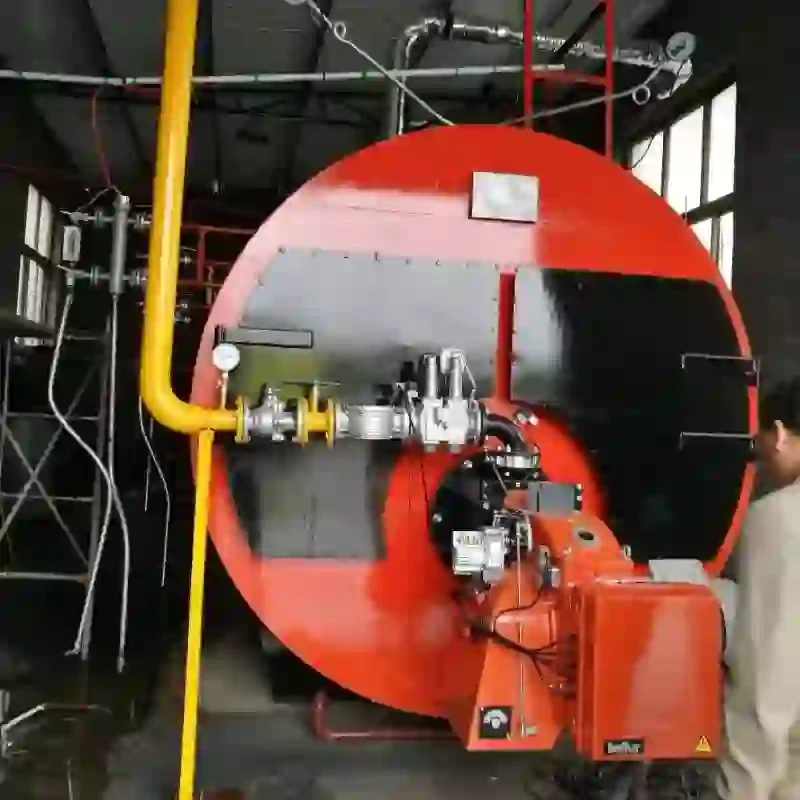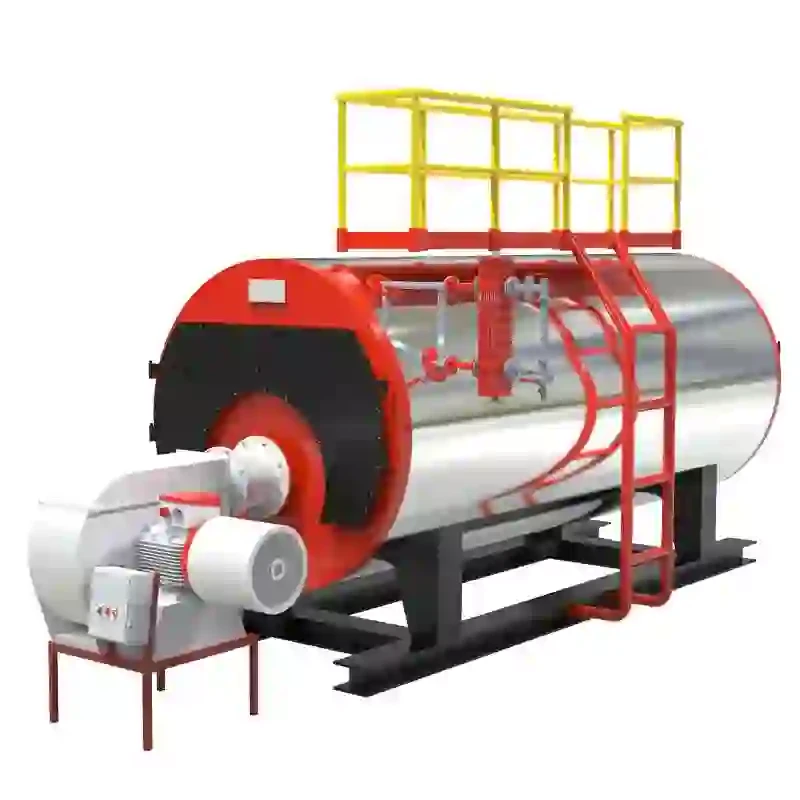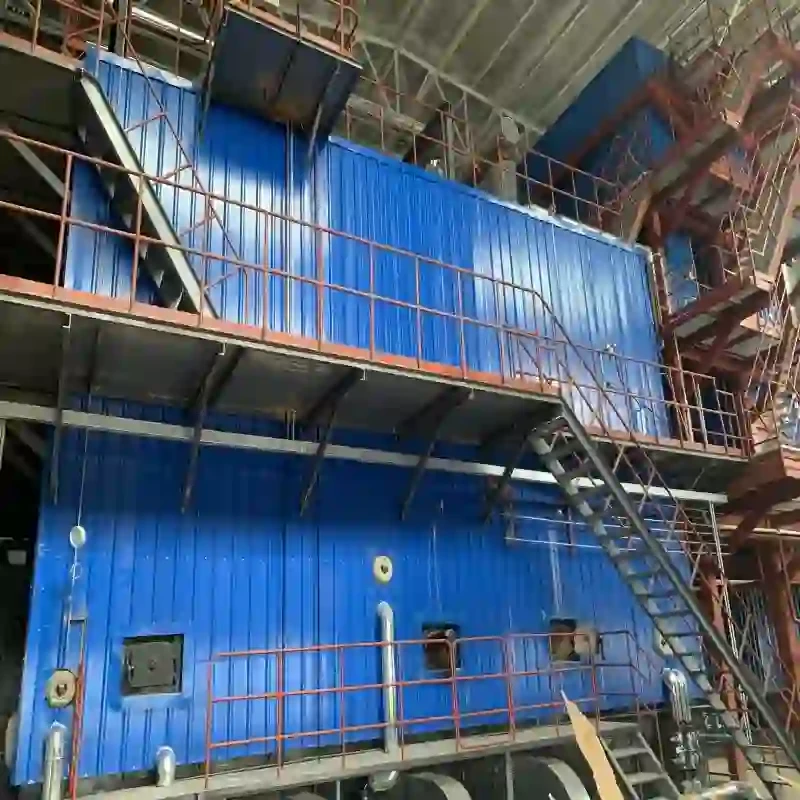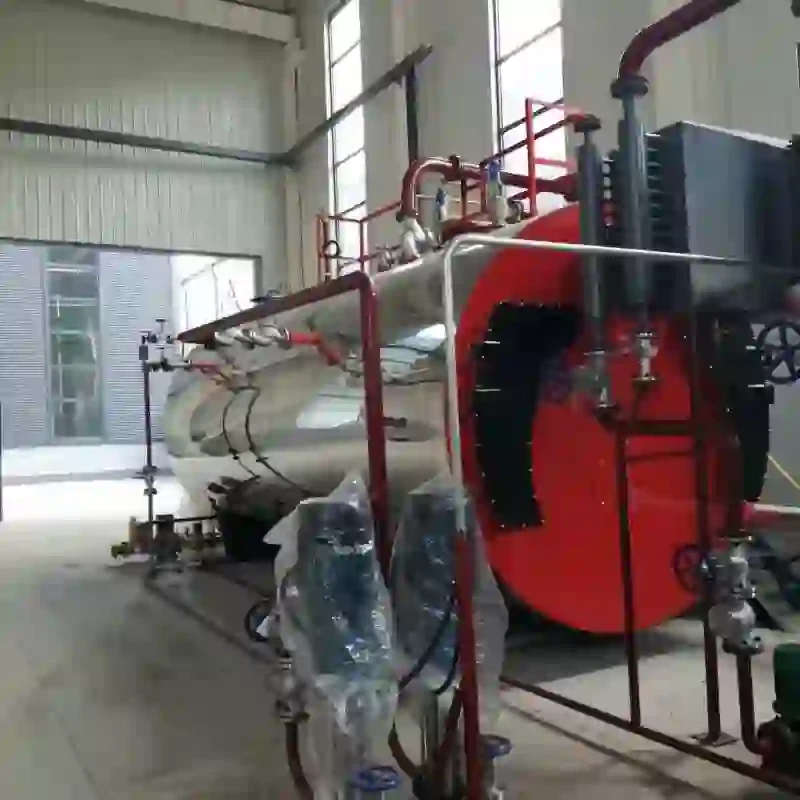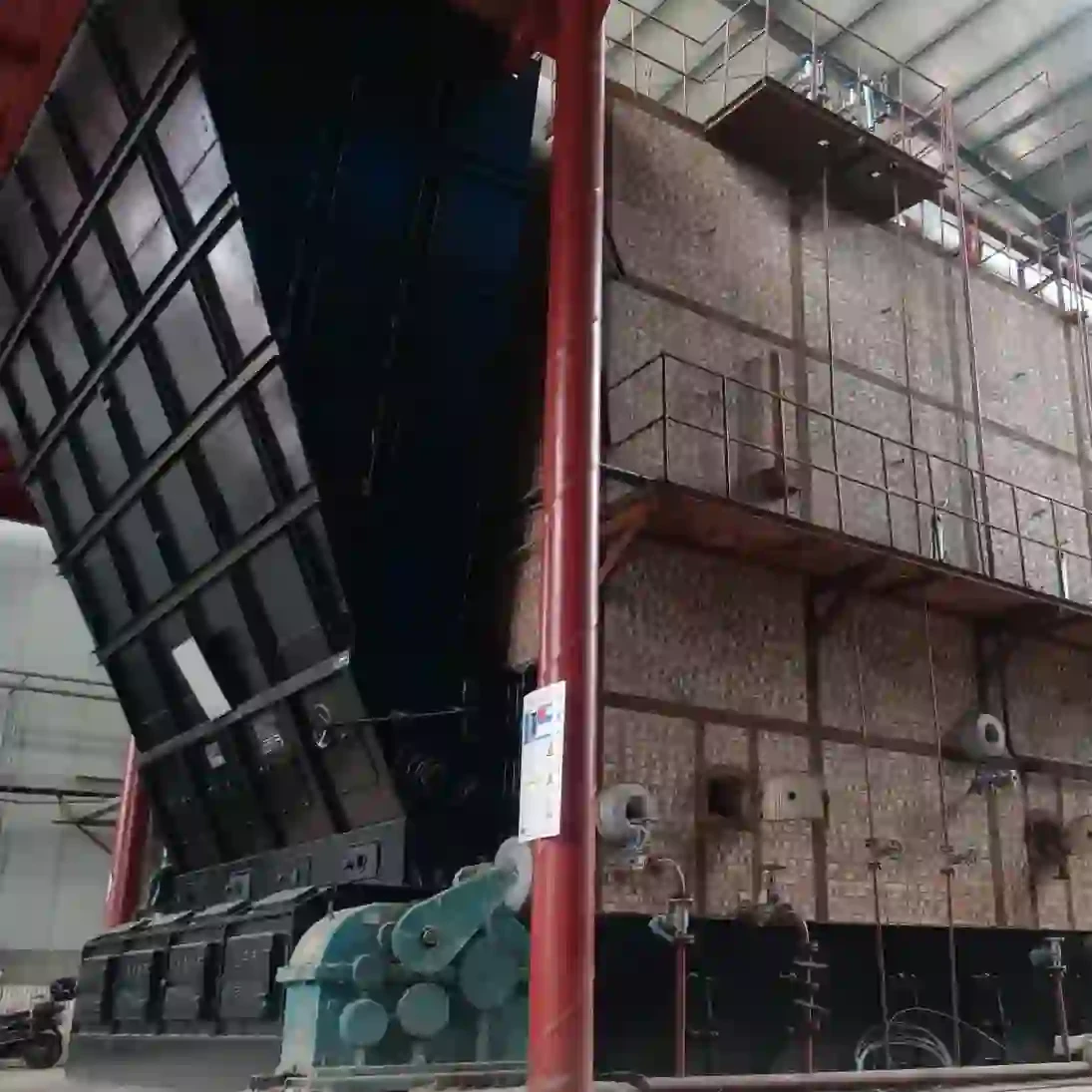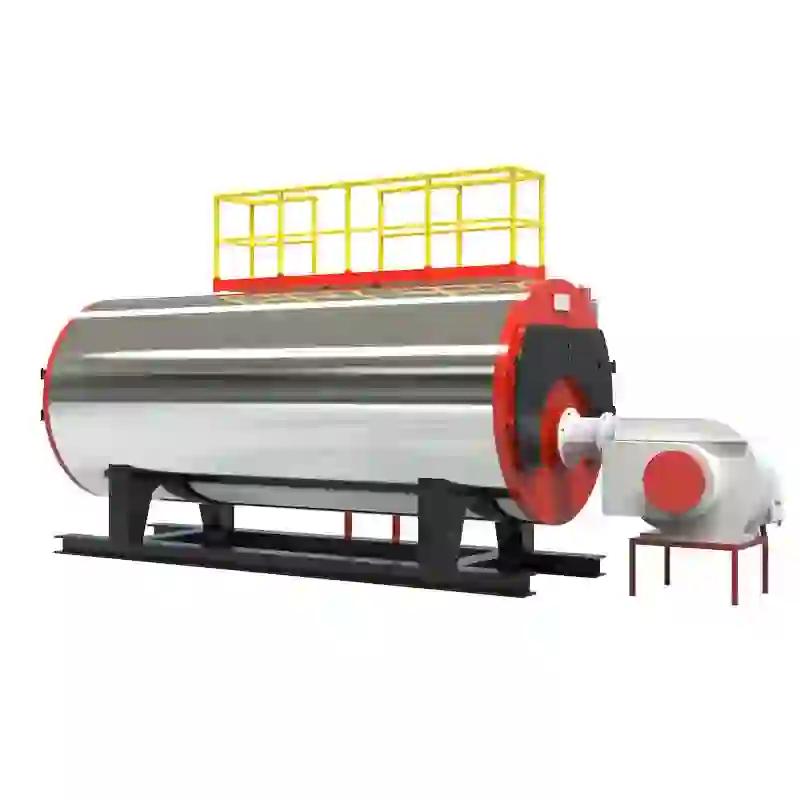
Iyul . 06, 2025 05:15 Back to list
Steam Pressure Control in Boiler – Efficient Boiler Steam Pressure Control System Solutions
- Introduction to steam pressure control in boiler
systems and its importance - Technological advancements and key technical advantages of modern boiler steam pressure control systems
- Comparison of major manufacturers in steam boiler control system solutions with a data-driven table
- Customization strategies for steam pressure control systems based on operational needs
- Case studies and real-world applications of advanced steam pressure control in different industries
- Implementation best practices: Installation, commissioning, and maintenance
- Conclusion: The decisive value of efficient steam pressure control in boiler operation

(steam pressure control in boiler)
Introduction: The Role of Steam Pressure Control in Boiler Operations
Steam pressure control in boiler systems is fundamental to efficient, safe, and reliable plant operations across a wide range of industrial sectors. The balance between demand, efficiency, and safety hinges on how effectively steam pressure is maintained and regulated within the boiler. Uncontrolled deviations, even by a few psi, can result in significant energy losses, unexpected shutdowns, or safety risks. Studies have shown that optimizing boiler steam pressure control can yield energy savings as high as 7-14% annually. These figures highlight the critical role that a robust steam boiler control system plays not only in production, but in minimizing operational costs and environmental impact.
Recent industrial surveys reveal that over 55% of plant downtime incidents are linked to inadequate control strategies or outdated steam boiler control systems. Increasingly, industries are prioritizing investments in advanced steam pressure control systems as part of their digital transformation roadmap, aiming for higher process yield, lower emissions, and improved equipment longevity.
Technical Advancements in Boiler Steam Pressure Control System Design
Over the past decade, rapid advancements in automation and sensing technology have revolutionized the boiler steam pressure control system landscape. Modern controllers now incorporate high-precision sensors, advanced PLCs, and sophisticated algorithms capable of dynamic load forecasting and proportional-integral-derivative (PID) control. This synergy delivers tighter process control, optimizes fuel usage, and reduces thermal cycling stress on boiler tubes.
Cutting-edge designs are increasingly leveraging IIoT (Industrial Internet of Things) integration, enabling remote monitoring, predictive failure analytics, and adaptive control. For instance, the application of smart actuators and cloud-based data analytics can reduce steam header pressure variance from ±5 psi to below ±0.3 psi in demanding process environments. Such capabilities not only boost system reliability but also ensure compliance with stricter environmental standards. Besides, the seamless integration with distributed control systems (DCS) simplifies operational management for large-scale facilities and utilities.
Manufacturer Comparison: Evaluating Leading Steam Boiler Control System Providers
Selecting the right provider for steam boiler control system requires careful evaluation of both performance metrics and support infrastructure. The table below presents a comparison of leading manufacturers based on critical factors such as system accuracy, network integration, after-sales support, and cost-efficiency.
| Manufacturer | Control Accuracy | Connectivity (IIoT/DCS) | Installation Lead Time | 24/7 Support | Energy Savings Potential | Average ROI Period |
|---|---|---|---|---|---|---|
| Emerson | ±0.25 psi | Full integration | 5-8 days | Yes | Up to 13% | 18 months |
| Siemens | ±0.30 psi | Partial integration | 6-10 days | Yes | 10-12% | 22 months |
| Honeywell | ±0.18 psi | Full integration | 7-12 days | Yes | Up to 14% | 20 months |
| ABB | ±0.35 psi | Partial integration | 8-14 days | Yes | 9-11% | 24 months |
| Rockwell Automation | ±0.40 psi | Full integration | 6-11 days | Yes | 8-10% | 21 months |
The data underscores a trend toward improved accuracy and energy efficiency, particularly with solutions from Honeywell and Emerson. Nonetheless, site requirements—such as integration simplicity, local service provision, and system scalability—should remain core to the selection process.
Tailored Solutions: Customized Steam Pressure Control Systems for Unique Operations
While off-the-shelf steam pressure control in boiler solutions cater to typical operational profiles, many facilities require granular customization to achieve optimal performance. This involves precise tuning of PID loops, modular hardware configurations, and integration with legacy supervisory control architectures. For instance, pharmaceutical and food-processing sectors often demand ultra-tight pressure windows (<±0.2 psi) to maintain product consistency, while large thermal power plants prioritize scalability and redundancy.
Service providers work hand-in-hand with operators to assess steam flow patterns, historical pressure disturbance data, and unique process dynamics. Outcome-driven specifications are used to design systems that not only maintain regulatory compliance, but also drive competitiveness via operational excellence. Project documentation, FAT (Factory Acceptance Testing), and digital twin simulation have become standard phases in delivering these advanced customized solutions.
Industrial Application Cases of Modern Steam Pressure Control
Real-world implementation of high-precision boiler steam pressure control systems has delivered robust results in diverse industries. In a steel manufacturing facility, retrofitting their legacy control with an IIoT-enabled system resulted in a 12% reduction in fuel consumption and a 35% drop in maintenance call-outs within 18 months. Similarly, a chemical company reported that integrating a predictive analytics module cut steam header pressure variance by 76%, leading to consistent product quality and a 9% hike in output.
Another case in the pulp and paper industry detailed decreased pressure fluctuation from ±4 psi to below ±0.5 psi, reducing roller stress and increasing mechanical uptime by 8%. In food and beverage manufacturing, advanced steam boiler control system implementation enabled compliance with stricter sanitary regulations while achieving a 15% reduction in water hammer incidents year-over-year. These application cases robustly validate the investment in technical upgrades for sustainable operation.
Best Practices for Implementing Steam Boiler Control Systems
Achieving full value from a steam pressure control in boiler system hinges upon rigorous implementation practices. Initial steps involve comprehensive site surveys, process modeling, and performance benchmarking. Integration with higher-level control (SCADA/DCS) should be seamless, allowing real-time process visualization and alerts. Proper training for operation staff and continuous update of control logic parameters based on feedback from adaptive analytics form the backbone of resilient performance.
Regular maintenance, including sensor recalibration, firmware upgrades, and system diagnostics, minimizes drift and guarantees long-term accuracy. Establishing strong partnerships with system vendors for round-the-clock support and proactive troubleshooting proves invaluable, particularly in critical infrastructures. Finally, routine energy audits and pressure mapping facilitate ongoing optimization, securing sustained efficiency gains while ensuring process and personnel safety.
Conclusion: Unlocking Maximum Value from Steam Pressure Control in Boiler Systems
Effective steam pressure control in boiler systems unequivocally represents the cornerstone of modern, efficient, and sustainable industrial energy management. By adopting advanced and customized boiler steam pressure control system solutions, facilities can maximize uptime, minimize operational costs, increase energy savings, and enhance product quality, all while meeting increasingly stringent safety and environmental regulations. As data continues to reveal, the returns from investing in premium steam boiler control system capabilities rapidly justify themselves, empowering operational leaders to maintain a decisive edge in competitive markets.

(steam pressure control in boiler)
FAQS on steam pressure control in boiler
Q: What is steam pressure control in boiler systems?
A: Steam pressure control in boiler systems refers to the regulation of steam pressure within a boiler to ensure safe and efficient operation. It helps maintain a consistent pressure level required for various industrial or heating processes. Proper control prevents pressure fluctuations and equipment damage.Q: How does a boiler steam pressure control system work?
A: A boiler steam pressure control system monitors the steam pressure inside the boiler and adjusts fuel supply or heat input accordingly. It uses sensors, controllers, and actuators to maintain the set pressure. This system improves safety and operational efficiency.Q: Why is maintaining correct steam pressure important in steam boiler control systems?
A: Maintaining the correct steam pressure ensures optimal heat transfer, energy efficiency, and equipment longevity. Incorrect pressure can lead to system inefficiencies or dangerous situations. Thus, precise steam boiler control systems are crucial in industrial applications.Q: What components are typically included in a steam boiler control system?
A: A typical steam boiler control system includes pressure sensors, control valves, controllers, and safety interlocks. These components work together to monitor and adjust steam pressure within desired limits. Some systems also feature alarms and automatic shutdown options for added safety.Q: Can automated systems improve steam pressure control in boiler operations?
A: Yes, automated systems can enhance precision, response time, and safety in controlling steam pressure. They continuously monitor boiler conditions and make real-time adjustments. Automation minimizes human error and optimizes energy consumption.-
High-Efficiency Biomass Steam Boiler for Industrial Use Eco-Friendly Biomass Fired Steam Boiler Solutions
NewsJul.07,2025
-
Hot Water Boiler Banging Noise Causes & Solutions for Quiet Operation
NewsJul.07,2025
-
Hot Water Boiler Schematic Diagram Efficient Steam Boiler System Schematics
NewsJul.06,2025
-
How to Drain a Hot Water Boiler System Easy Step-by-Step Guide for Homeowners
NewsJul.06,2025
-
Common Hot Water Boiler Problems & Solutions Fix Hot Water Boiler Issues Efficiently
NewsJul.05,2025
Related PRODUCTS






